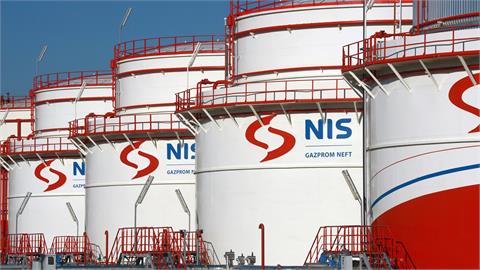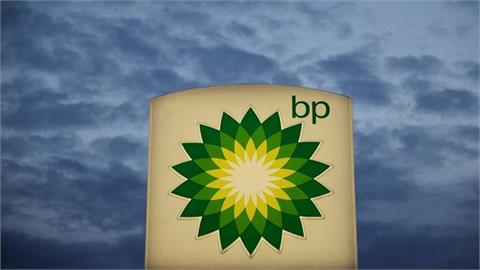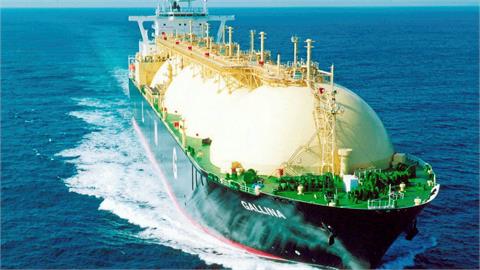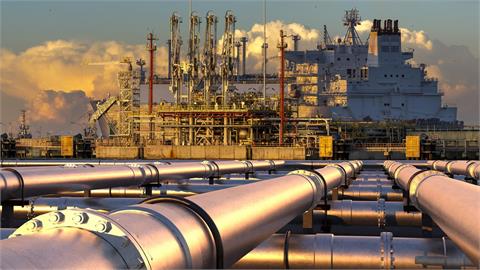To become climate-neutral by 2050, Europe needs to transform its energy system, which accounts for 75% of the EU's greenhouse gas emissions. The EU strategies for energy system integration and hydrogen, adopted today, will pave the way towards a more efficient and interconnected energy sector, driven by the twin goals of a cleaner planet and a stronger economy.
The two strategies present a new clean energy investment agenda, in line with the Commission's Next Generation EU recovery package and the European Green Deal. The planned investments have the potential to stimulate the economic recovery from the coronavirus crisis. They create European jobs and boost our leadership and competitiveness in strategic industries, which are crucial to Europe's resilience.
Energy System Integration
The EU Strategy for Energy System Integration will provide the framework for the green energy transition. The current model where energy consumption in transport, industry, gas and buildings is happening in ‘silos' - each with separate value chains, rules, infrastructure, planning and operations - cannot deliver climate neutrality by 2050 in a cost efficient way; the changing costs of innovative solutions have to be integrated in the way we operate our energy system. New links between sectors must be created and technological progress exploited.
Energy system integration means that the system is planned and operated as a whole, linking different energy carriers, infrastructures, and consumption sectors. This connected and flexible system will be more efficient, and reduce costs for society. For example, this means a system where the electricity that fuels Europe's cars could come from the solar panels on our roofs, while our buildings are kept warm with heat from a nearby factory, and the factory is fuelled by clean hydrogen produced from off-shore wind energy.
There are three main pillars to this strategy:
- First, a more ‘circular' energy system, with energy efficiency at its core. The strategy will identify concrete actions to apply the ‘energy efficiency first' principle in practice and to use local energy sources more effectively in our buildings or communities. There is significant potential in the reuse of waste heat from industrial sites, data centres, or other sources, and energy produced from bio-waste or in wastewater treatment plants. The Renovation Wave will be an important part of these reforms.
- Second, a greater direct electrification of end-use sectors. As the power sector has the highest share of renewables, we should increasingly use electricity where possible: for example for heat pumps in buildings, electric vehicles in transport or electric furnaces in certain industries. A network of one million electric vehicle charging points will be among the visible results, along with the expansion of solar and wind power.
- For those sectors where electrification is difficult, the strategy promotes clean fuels, including renewable hydrogen and sustainable biofuels and biogas. The Commission will propose a new classification and certification system for renewable and low-carbon fuels.
The strategy sets out 38 actions to create a more integrated energy system. These include the revision of existing legislation, financial support, research and deployment of new technologies and digital tools, guidance to Member States on fiscal measures and phasing out of fossil fuel subsidies, market governance reform and infrastructure planning, and improved information to consumers. The analysis of the existing barriers in these areas will inform our concrete proposals, for instance the revision of the TEN-E regulation by the end of 2020 or the revision of the energy taxation directive and the gas market regulatory framework in 2021.
Hydrogen strategy
In an integrated energy system, hydrogen can support the decarbonisation of industry, transport, power generation and buildings across Europe. The EU Hydrogen Strategy addresses how to transform this potential into reality, through investments, regulation, market creation and research and innovation.
Hydrogen can power sectors that are not suitable for electrification and provide storage to balance variable renewable energy flows, but this can only be achieved with coordinated action between the public and private sector, at EU level. The priority is to develop renewable hydrogen, produced using mainly wind and solar energy. However, in the short and medium term other forms of low-carbon hydrogen are needed to rapidly reduce emissions and support the development of a viable market.
This gradual transition will require a phased approach:
- From 2020 to 2024, we will support the installation of at least 6 gigawatts of renewable hydrogen electrolysers in the EU, and the production of up to one million tonnes of renewable hydrogen.
- From 2025 to 2030, hydrogen needs to become an intrinsic part of our integrated energy system, with at least 40 gigawatts of renewable hydrogen electrolysers and the production of up to ten million tonnes of renewable hydrogen in the EU.
- From 2030 to 2050, renewable hydrogen technologies should reach maturity and be deployed at large scale across all hard-to-decarbonise sectors.
To help deliver on this Strategy, the Commission is launching today the European Clean Hydrogen Alliance with industry leaders, civil society, national and regional ministers and the European Investment Bank. The Alliance will build up an investment pipeline for scaled-up production and will support demand for clean hydrogen in the EU.
To target support at the cleanest available technologies, the Commission will work to introduce common standards, terminology and certification, based on life-cycle carbon emissions, anchored in existing climate and energy legislation, and in line with the EU taxonomy for sustainable investments. The Commission will propose policy and regulatory measures to create investor certainty, facilitate the uptake of hydrogen, promote the necessary infrastructure and logistical networks, adapt infrastructure planning tools, and support investments, in particular through the Next Generation EU recovery plan.
Quotes from members of the College of Commissioners
Executive Vice-President for the Green Deal, Frans Timmermans, said: "The strategies adopted today will bolster the European Green Deal and the green recovery, and put us firmly on the path of decarbonising our economy by 2050. The new hydrogen economy can be a growth engine to help overcome the economic damage caused by COVID-19. In developing and deploying a clean hydrogen value chain, Europe will become a global frontrunner and retain its leadership in clean tech.”
Commissioner for Energy Kadri Simson, said: "With 75% of the EU's greenhouse gas emissions coming from energy, we need a paradigm shift to reach our 2030 and 2050 targets. The EU's energy system has to become better integrated, more flexible and able to accommodate the cleanest and most cost-effective solutions. Hydrogen will play a key role in this, as falling renewable energy prices and continuous innovation make it a viable solution for a climate-neutral economy.”
Commissioner for Internal Market, Thierry Breton, said: "The European Clean Hydrogen Alliance launched today will channel investments into hydrogen production. It will develop a pipeline of concrete projects to support the decarbonisation efforts of European energy intensive industries such as steel and chemicals. The Alliance is strategically important for our Green Deal ambitions and the resilience of our industry.”
Background
The European Green Deal is the new growth strategy of the EU, a roadmap to make our economy sustainable by turning climate and environmental challenges into opportunities across all policy areas and making the transition just and inclusive for all. A better-integrated energy system is essential in order to move to climate neutrality by 2050, while also creating jobs, ensuring a fair transition and strengthening innovation in the EU and industrial leadership at a global level. The sector can make a key contribution to Europe's economic recovery from the coronavirus crisis, as outlined in the Next Generation EU recovery package presented by the Commission on 27 May 2020.
Today's energy system is still built on several parallel, vertical energy value chains, which rigidly link specific energy resources with specific end-use sectors, wasting a significant amount of energy. For instance, petroleum products are predominant in the transport sector and as feedstock for industry. Coal and natural gas are mainly used to produce electricity and heating. Electricity and gas networks are planned and managed independently from each other. Market rules are also largely specific to different sectors. This model of separate silos cannot deliver a climate neutral economy. It is technically and economically inefficient, and leads to substantial losses in the form of waste heat and low energy efficiency.
One way to deliver sector integration is by deploying renewable hydrogen. It can be used as a feedstock, a fuel or an energy carrier and storage, and has many possible applications across industry, transport, power and buildings sectors. Most importantly, it emits no CO2 and almost no air pollution when used. It therefore offers a solution to decarbonise industrial processes and economic sectors where reducing carbon emissions is both urgent and hard to achieve. All this makes hydrogen essential to support the EU's commitment to reach carbon neutrality by 2050 and for the global effort to implement the Paris Agreement.
(ec.europa.eu, July 8, 2020)



